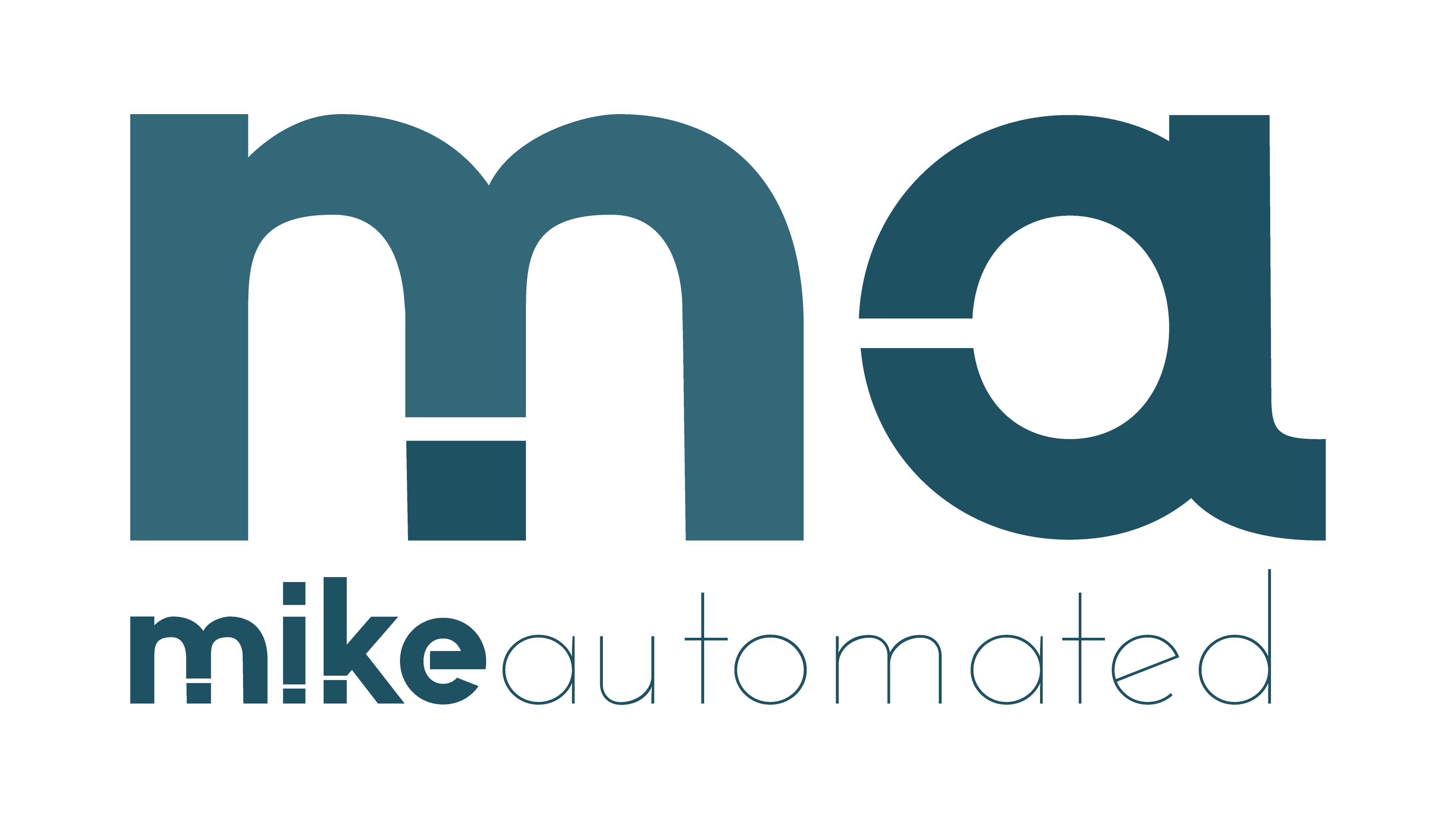Auditing Your Tech Stack for AI Readiness: Unlocking Your Business’s AI Potential
The Core Question: Is My Tech Stack Ready for AI?
Business owners, marketing directors, and operations leaders often ask: How do I know if my tech stack is ready for AI? This question is more than a technical inquiry—it’s a strategic interrogation into whether the digital infrastructure empowering your business can support advanced AI and automation initiatives. In our rapidly evolving digital landscape, possessing an outdated or fragmented technology framework can be a major barrier to innovation and profitability.
Understanding the Importance of a Robust AI Infrastructure
Imagine your business as a high-performance sports car. Just as a car requires a well-tuned engine, a quality set of tires, and superior aerodynamics to operate efficiently, your organization needs a cohesive, future-proof tech stack to drive AI initiatives. An AI audit is akin to a comprehensive vehicle inspection, revealing any misalignments, outdated components, or integration issues that could hinder performance.
Step 1: Conducting an AI Audit
To begin your journey toward AI readiness, start with an AI audit—a systematic evaluation of your current technology stack and data management processes. This audit should assess:
- Data Infrastructure: Are your data collection, storage, and processing mechanisms scalable and secure? The backbone of AI is quality data.
- Software and Hardware Compatibility: Do your current systems support the integration of AI tools and machine learning algorithms?
- Operational Efficiency: What inefficiencies exist due to legacy systems or siloed data? How smoothly do your departments share and utilize data?
- Security and Compliance: Given the data-centric nature of AI, how robust are your cybersecurity measures?
This self-assessment will highlight gaps that might otherwise remain hidden until they impede progress.
The Role of Tech Stack Analysis in AI Readiness
A meticulous tech stack analysis is vital. Think of it as a blueprint review. Just as an architect examines blueprints to ensure structural integrity, you must review your tech stack to confirm it’s both robust and flexible enough to accommodate AI advancements. Focus on five key areas:
- Integration Capability: Check if your systems can seamlessly communicate with AI platforms. Look for open APIs and middleware solutions that facilitate interoperability.
- Scalability: Your tech stack should evolve as your data volume and AI applications grow.
- Agility: The market evolves quickly. Verify that your infrastructure can adapt to emerging trends and technologies.
- Data Quality: Poor data quality undermines AI performance. Ensure that your data is clean, reliable, and timely.
- Cost Efficiency: Evaluate if maintaining or upgrading your tech stack justifies the anticipated returns from AI deployments.
A rigorous tech stack analysis not only identifies technology gaps but also provides a roadmap for strategically upgrading your infrastructure.
Real-World Logic and Examples
Consider the example of a mid-sized retail brand aiming to personalize customer experiences. Initially, their customer data was fragmented across multiple platforms, resulting in inconsistent marketing messages. After an extensive tech stack analysis, the brand invested in a centralized, robust data management system that integrated with advanced AI algorithms for customer segmentation. The result? A significant increase in conversion rates and customer satisfaction. This transformation journey illustrates how an AI audit and thoughtful tech stack analysis can reveal hidden opportunities and turn confusion into clarity.
Another example comes from the manufacturing sector. Faced with frequent operational bottlenecks, a leading manufacturer conducted an audit of its automated production lines. The audit revealed that while their robotics were state-of-the-art, the software controlling them was outdated. By updating their tech infrastructure, they unlocked the potential of predictive maintenance powered by AI, resulting in reduced downtime and operational costs. These cases underscore the transformative potential of a well-prepared tech stack.
Actionable Framework for Your AI Audit
Here’s a straightforward, actionable framework to get started:
- Inventory and Map: Document all systems, tools, and data sources. Create a visual map to understand the flow of data and interactions.
- Assess Gaps and Opportunities: Identify redundancies, outdated systems, and potential integration points. Prioritize the gaps that most directly impact your AI goals.
- Plan Strategic Upgrades: Develop a step-by-step plan to address critical shortcomings. Engage with trusted partners like MikeAutomated to leverage industry best practices and accelerate your tech upgrades.
- Implement and Monitor: Roll out changes in phases. Use key performance indicators (KPIs) to monitor improvements and adjust your strategy as needed.
This framework bridges the gap between theory and practical application, providing a clear path to achieving AI readiness.
Short “Aha” Takeaways
Technology audits and tech stack analyses are not just IT exercises. They are fundamental strategic initiatives that:
- Illuminate hidden opportunities for business growth.
- Reveal inefficiencies and integration challenges that could derail AI initiatives.
- Set the foundation for scalable, sustainable innovation in an increasingly competitive environment.
The true ‘aha’ moment comes when you realize that your tech stack is not merely a support system—it’s a springboard for transformative growth powered by AI.
Final Reflection: Preparing for a Future-Driven by AI
Auditing your tech stack for AI readiness is more than a diagnostic procedure—it’s a strategic imperative. Companies that successfully deploy AI and automation are those that recognize the importance of a cohesive, scalable tech infrastructure. By conducting an AI audit, leveraging tech stack analysis, and drawing actionable insights from real-world examples, you empower your organization to not only survive but thrive in a fast-paced, data-driven economy.
Remember, every technological upgrade is an investment in your company’s future. Take action today, partner with thought leaders and experienced agencies like MikeAutomated, and transform the chaos of outdated systems into a streamlined, AI-ready powerhouse that fuels your business growth.


